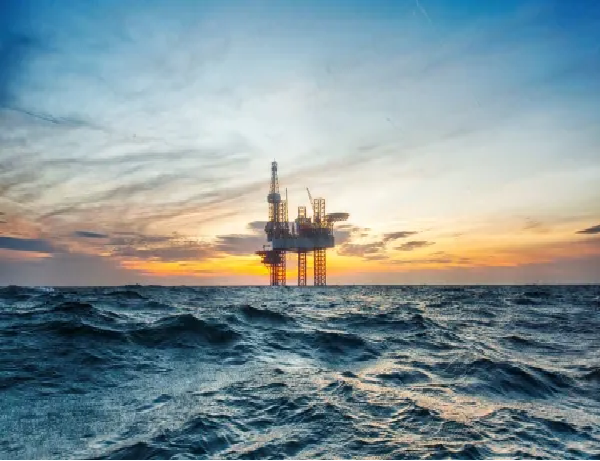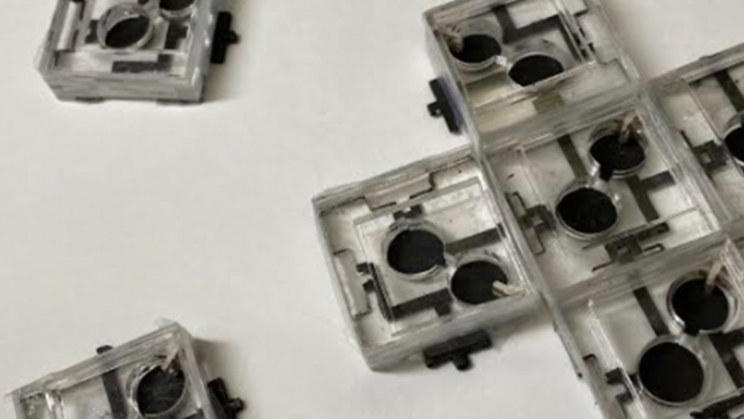Carbon capture and storage (CCS) means reducing carbon emissions by capturing carbon dioxide (CO2) before it is released into the atmosphere and storing it in an underground geological formation.
The United Nations Intergovernmental Panel on Climate Change (IPCC) points out that CCS can make a significant contribution in tackling global warming.
Presently available technology can capture up to 90% of CO2 released by burning fossil fuels in electricity generation and large industrial installations.
Once the CO2 is captured, it is compressed into a liquid state and transported by pipelines, tankers, or ships. The captured CO2 can then be pumped underground to store in depleted oil and gas reservoirs, coalbeds, or deep saline aquifers.
Taking a key step forward, a Danish offshore energy transition project – ‘Project Greensands’ now plans to store as much as eight million tons of CO2 a year by 2030, in the Danish part of the North Sea.
Project Greensands was awarded the largest single grant in Danish history last December – some €26 million (US$27 million). The project is a joint operation between 23 Danish and international partners in the CCS field.
Greensands will repurpose the Nini A oil platform, some 120 miles west of the Danish coast by reversing its flow to pump- in liquefied CO2. The existing pipes on the platform will take the CO2 some 1,800 m (1.1 miles) below the seabed.







